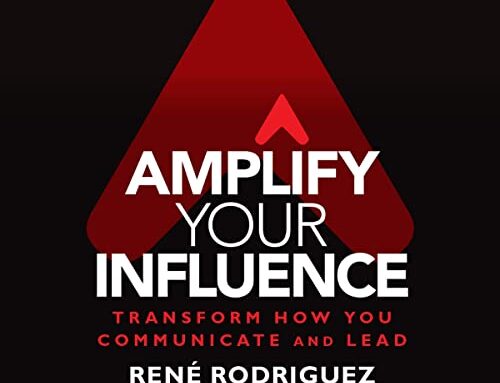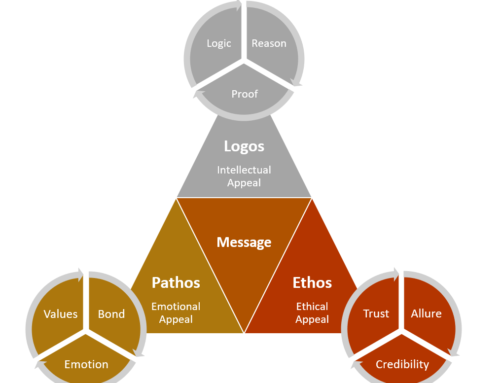
Getting Things Done
Gathering 100 Percent of the “Incompletes”
In order to eliminate “holes in your bucket,” you need to collect and gather placeholders for, or representations of, all the things you consider incomplete in your world
A task left undone remains undone in two places—at the actual location of the task, and inside your head. Incomplete tasks in your head consume the energy of your attention as they gnaw at your conscience.
—Brahma Kumaris
As soon as you attach a “should,” “need to,” or “ought to” to an item, it becomes an incomplete.
The Basic Processing Tools
Let’s assume you’re starting from scratch. In addition to a desktop workspace, you’ll need:
- Paper-holding trays (at least three)
- A stack of plain letter-size paper
- A pen/pencil
- Post-its (3×3″s)
- Paper clips
- A stapler and staples
- Scotch tape
- Rubber bands
- An automatic labeler
- File folders
- A calendar
- Wastebasket/recycling bins
- Current tools being used for data capture, organizing, and to-do lists, including mobile devices, personal computers, and paper-based planners and notebooks (if any)
Paper-Holding Trays
These will serve as your in-tray and out-tray, with one or two others for work-in-progress support papers and/or your read-and-review stack. The most functional trays are the side-facing letter-or legal-sized stackable kinds, which have no “lip” on them to keep you from sliding out a single piece of paper.
Plain Paper
You’ll use plain paper for the initial collection process. Believe it or not, putting one thought on one full-size sheet of paper can have enormous value. Most people will wind up processing their notes into some sort of list organizer, but by having initial thoughts separated into discrete placeholders (versus on one amorphous list), it makes it easier to wrestle it to closure later,
File Folders
You’ll need plenty of file folders. You may also need an equal number of file-folder hangers, if your filing system requires them.
There are many reminders and some data that you will want a calendar for, but you won’t be stopping there: your calendar will need to be integrated with a much more comprehensive system that will emerge as you apply this method.
Because your head is not the place in which to hold things, you’ll obviously need something to manage your triggers and orient yourself externally.
Should you implement the Getting Things Done process in what you’re currently using, or should you install something new?
The answer is, do whichever one will actually help you change your behavior so you’ll use the tools appropriately.
Keep in mind, though, that the tool you use will not give you stress-free productivity. That is something you create by implementing the GTD method. The structure you incorporate will be extremely important in how you express and implement the process, but it is not a substitute for it. A great hammer doesn’t make a great carpenter; but a great carpenter will always want to have a great hammer.
The filing system at hand is one of the first things I assess before beginning the workflow process in anyone’s office.
The lack of a good general-reference system can be one of the greatest obstacles to implementing a personal management system, and for most of the executives I have coached, it represents one of the biggest opportunities for improvement. It’s not because the content is so important or strategic—it’s rather that, unmanaged, it inordinately clouds physical and mental space.
We’re concerned here mostly with general-reference filing—as distinct from discrete filing systems devoted to contracts, financial information, patient records, or other categories of data that deserve their own place and indexing. General-reference files should hold articles, brochures, pieces of paper, notes, printouts, documents, and even physical things like tickets, keys, buyers-club membership cards, and flash drives—basically anything
Success Factors for Filing
I strongly suggest that you maintain a personal, at-hand filing system—both physical and digital. It should take you less than one minute to pick something up out of your in-tray or print it from e-mail, decide it needs no next action but has some potential future value, and finish storing it in a trusted system.
You must feel equally comfortable about filing a single piece of paper on a new topic—even a scribbled note—in its own file as you would about filing a more formal, larger document.
Keep Your General-Reference Files Immediately at HandFiling has to be instantaneous and easy. If you have to get up every time you have some ad hoc piece of paper you want to file, or you have to search multiple places on your computer for an appropriate location for a piece of information you want to keep, you’ll tend to stack it or leave it in its original place instead of filing it.
One Alpha System – have one A–Z alphabetical physical filing system for general reference, not multiple ones. My e-mail reference folders are also organized this way. People have a tendency to want to use their files as a personal management system, and therefore they attempt to organize them in groupings by projects or areas of focus. This magnifies geometrically the number of places somethingisn’twhen you forget where you filed it.
Purge Your Files at Least Once a Year – Cleaning house in your files regularly keeps them from going stale and seeming like a black hole, and it also gives you the freedom to keep anything on a whim “in case you might need it.”
Reference materials need to be contained and organized within their own discrete boundaries—physically and digitally—so that they don’t cloud other categories in your system, are available for a specific purpose, and can be accessed efficiently. Because they can be so voluminous, it is critical that they be easily managed for capturing, sorting, and accessing what you need, when you need it, and that they don’t get in the way of the more action-oriented components of your system.


